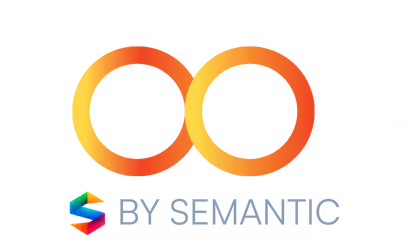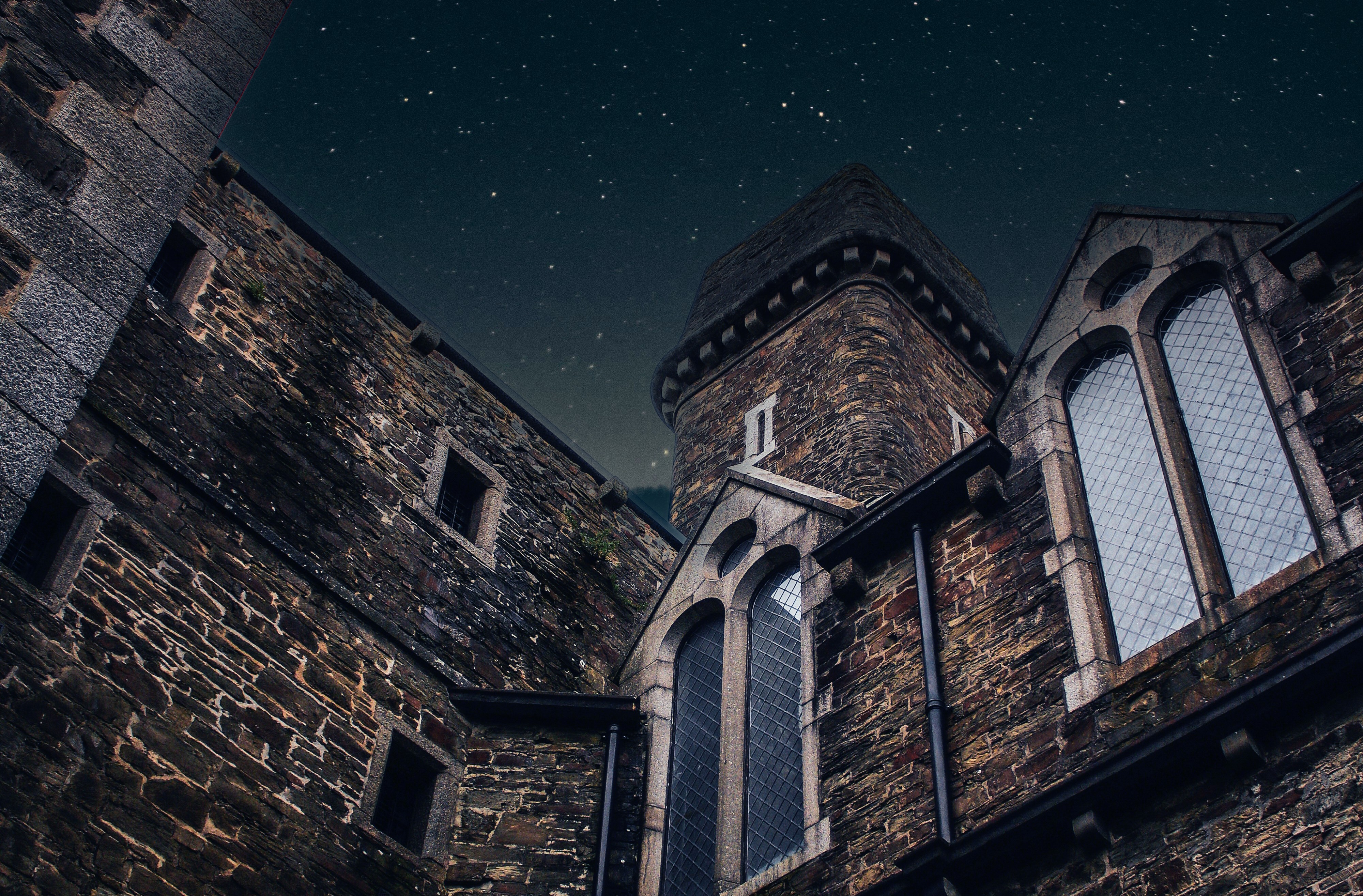If you're running a visitor attraction, one of the most important parts of your website is the 'Plan Your Visit' content. This is where visitors go to find out everything they need to know about coming to your attraction. This info could be all contained on one page, or there might be other pages as part of your Plan Your Visit content.
It’s not just about giving them the basic info; it's about making the whole process easy and exciting for them to visit.
A good 'Plan Your Visit' page can really help convince people to come and see what you offer. It's your chance to answer their questions, help them plan their trip smoothly, and get them excited about visiting.
Don’t let our users get frustrated struggling to find out key information, serve it up on a silver platter, remove all obstacles and increase the chances of converting your visitors.
Making important info hard to find can result in users feeling like they need to contact you to find out what they need to know, which is adding more steps to their journey in booking with you.
As a landing page
When your brand/business is searched for, and there are sitelinks under your homepage listing, there will likely be sitelinks to what search engines may consider important pages - such as a “plan your visit” page and/or the pages part of its subfolder. This means it could be the very first page a user visits, so it has to be good!
In this blog post, we're going to talk about what makes a great 'Plan Your Visit' page. We'll cover what information to include, how to make it easy for visitors to use, and how to make your attraction seem like a must-see destination.
Understanding the Visitor's Needs
Before you start putting together your 'Plan Your Visit' page, it's important to think about what your visitors are looking for. When someone decides to visit an attraction, they usually have a whole bunch of questions and needs. Your job is to figure out these questions and provide answers before they even have to ask.
Common Questions: Visitors often want to know basic things like how much it costs to get in, what the opening hours are, if there's parking, and whether there are food options available. They might also wonder about accessibility for people with disabilities, or if there are any age restrictions for certain activities.
Ease of Planning: Remember, visitors are trying to plan their day or trip. They want this process to be as easy as possible. Information about ticket prices, opening hours, and how to get there should be easy to find and understand. This helps visitors plan their time and budget.
Special Needs and Requests: Some visitors may have special needs. This could include families with small children, people with disabilities, or elderly visitors. Think about what these different groups might need. For example, families might look for child-friendly activities.
Local Insights: Often, visitors are looking for that local insight – the best times to visit to avoid crowds, any hidden gems they shouldn't miss, or special events that might be happening. Sharing this kind of information can really enhance their experience.
By understanding and addressing these common visitor needs and questions, your 'Plan Your Visit' content will not only be informative but also show that you care about your visitors' experience.
Key Components of a 'Plan Your Visit' Page
What are the bare essentials your Plan Your Visit page or content should feature?
Hours of Operation and Pricing
One of the first things visitors want to know is when they can visit and how much it will cost them. Clearly display your operating hours, including any variations for holidays or special events. Likewise, provide detailed pricing information, including any discounts for groups, children, seniors, or memberships. And of course, make sure you link to your main tickets page!
Directions and Parking Information
Getting to your attraction should be hassle-free. Include detailed directions by various modes of transportation, such as driving, public transit, and walking. Also, provide information about parking availability, costs, and any alternative parking options if your primary lot tends to fill up quickly.
Maps and Layouts
A downloadable or interactive map of your attraction helps visitors plan their visit more effectively. Highlight key areas, restrooms, dining options, and emergency exits. This not only aids in navigation but also helps in building excitement for the visit.
These elements are absolutely essential for a solid, helpful Plan Your Visit page experience, providing key information a potential visitor would want to know before booking.
What else could you add?
- Enhancing the Page with Useful Tips
Suggest adding insider tips, best visiting times, and must-see sections or events.
- Incorporating Accessibility Information
Stress the need for detailed accessibility information for visitors with disabilities.
Include information on wheelchair access, sensory-friendly hours, or special assistance services.
- Facilities and Amenities
List essential facilities like restrooms, dining options, gift shops, and first aid stations.
Explain the importance of providing details about each amenity.
- Review your site search
For more ideas on what you could add to this page, check out the data of your site search. For example, if there are many searches for “dog” or “can I bring a dog”, you might want to consider adding a section that covers this area.
With one of our clients, we discovered some info that was constantly searched for by users but wasn’t addressed anywhere on their site.
Once this info was then added to their plan your visit content, the client saw a reduction in phone calls asking for this specific information which freed up their time and removed a potential delay in the users journey.
Online Ticketing and Reservations
Once your potential visitor is armed with all the information they need from your well-constructed Plan Your Visit page, they could very well be ready to purchase.
To increase the chances of converting even more, ensure you highlight the benefits of purchasing tickets online, such as avoiding long lines or securing a spot for limited-capacity events or exhibits, and potentially cheaper prices than buying on the day.
An effective 'Plan Your Visit' page is informative, user-friendly, and reflective of the unique offerings of your attraction. By incorporating these elements, you can enhance the visitor experience, even before they step foot on your site.



%20(1).png)

.png)






